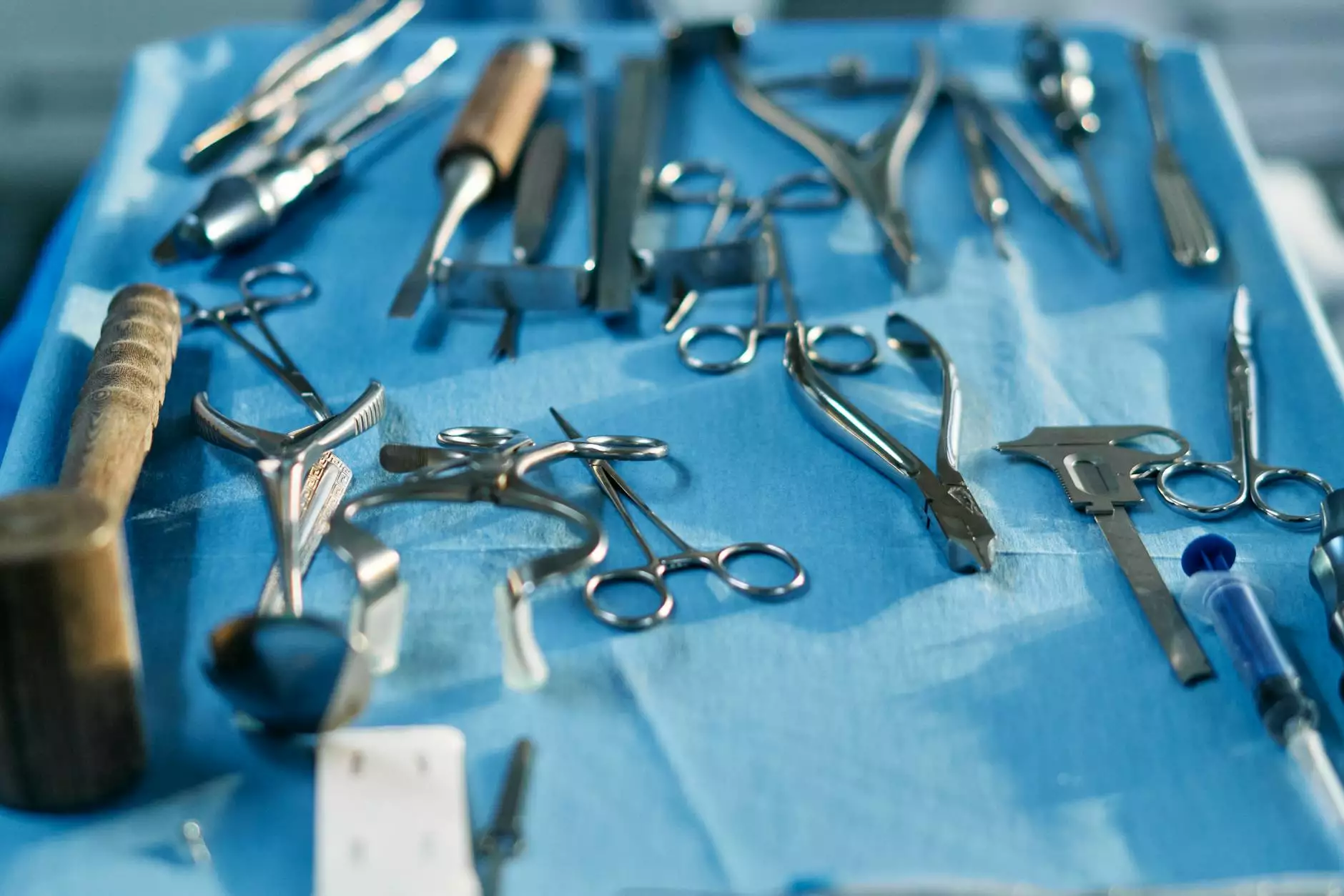Surgical Incisions

An Overview of Surgical Incisions
At Foley James D MD, we understand that surgical procedures can be daunting. To help you better prepare for your surgery, we have created this comprehensive guide to surgical incisions. Whether you are undergoing a minor procedure or a major surgery, understanding the different types of surgical incisions and their proper care is important for a successful recovery.
The Importance of Surgical Incisions
Surgical incisions are carefully made cuts in the skin and underlying tissues to access the surgical site. They allow surgeons to perform necessary procedures, such as removing diseased tissue, repairing injuries, or inserting medical devices. While the goal is to minimize scarring and promote healing, the type of incision used depends on various factors, including the type and location of the procedure.
Types of Surgical Incisions
There are several common types of surgical incisions, each designed to provide optimal access while minimizing damage to surrounding tissues. These incisions include:
1. Midline Incision
The midline incision is a vertical cut made along the midline of the abdomen, dividing it into two equal halves. It provides excellent access to abdominal organs and is commonly used in procedures such as open hernia repair, abdominal explorations, and bowel surgeries.
2. Transverse Incision
The transverse incision, also known as a "bikini incision," is a horizontal cut made across the abdomen. This incision is frequently used in gynecological surgeries, such as C-sections and hysterectomies, as well as in certain abdominal procedures. It offers a more cosmetic result compared to a midline incision.
3. Oblique Incision
The oblique incision is an angled cut made diagonally across the abdomen. It provides improved exposure to certain organs and is used in procedures like appendectomies, nephrectomies, and gallbladder removal surgeries.
4. Vertical Incision
A vertical incision is a straight cut made from the xiphoid process (lower part of the sternum) down to the pubic bone. It is commonly employed when access to the upper abdomen is required or in cases where a midline incision is not suitable.
5. Laparoscopic Incisions
Laparoscopic incisions, also known as keyhole incisions, are small incisions made to insert a laparoscope and surgical instruments. Multiple small incisions are made instead of one large incision. Laparoscopic procedures offer faster recovery times, reduced scarring, and less post-operative pain.
Caring for Surgical Incisions
Proper care of surgical incisions plays a crucial role in achieving optimal healing and preventing complications. Here are some guidelines to follow:
- Follow your surgeon's instructions regarding incision cleaning and dressing changes.
- Keep the incision area clean and dry to reduce the risk of infection. Avoid submerging the incision in water until it is fully healed.
- Avoid picking at scabs or using harsh soaps or chemicals on the incision site.
- Protect the incision from excessive sunlight, as it can cause discoloration.
- Report any signs of infection, such as redness, swelling, increased pain, or discharge to your healthcare provider immediately.
- Take prescribed antibiotics or pain medications as directed.
- Attend all follow-up appointments to monitor the healing progress.
Conclusion
Understanding surgical incisions and their care is essential for a successful recovery. Foley James D MD hopes that this guide has provided you with valuable information to help you navigate your surgical journey with confidence. Remember to always consult with your healthcare provider for personalized advice and guidance specific to your situation.










